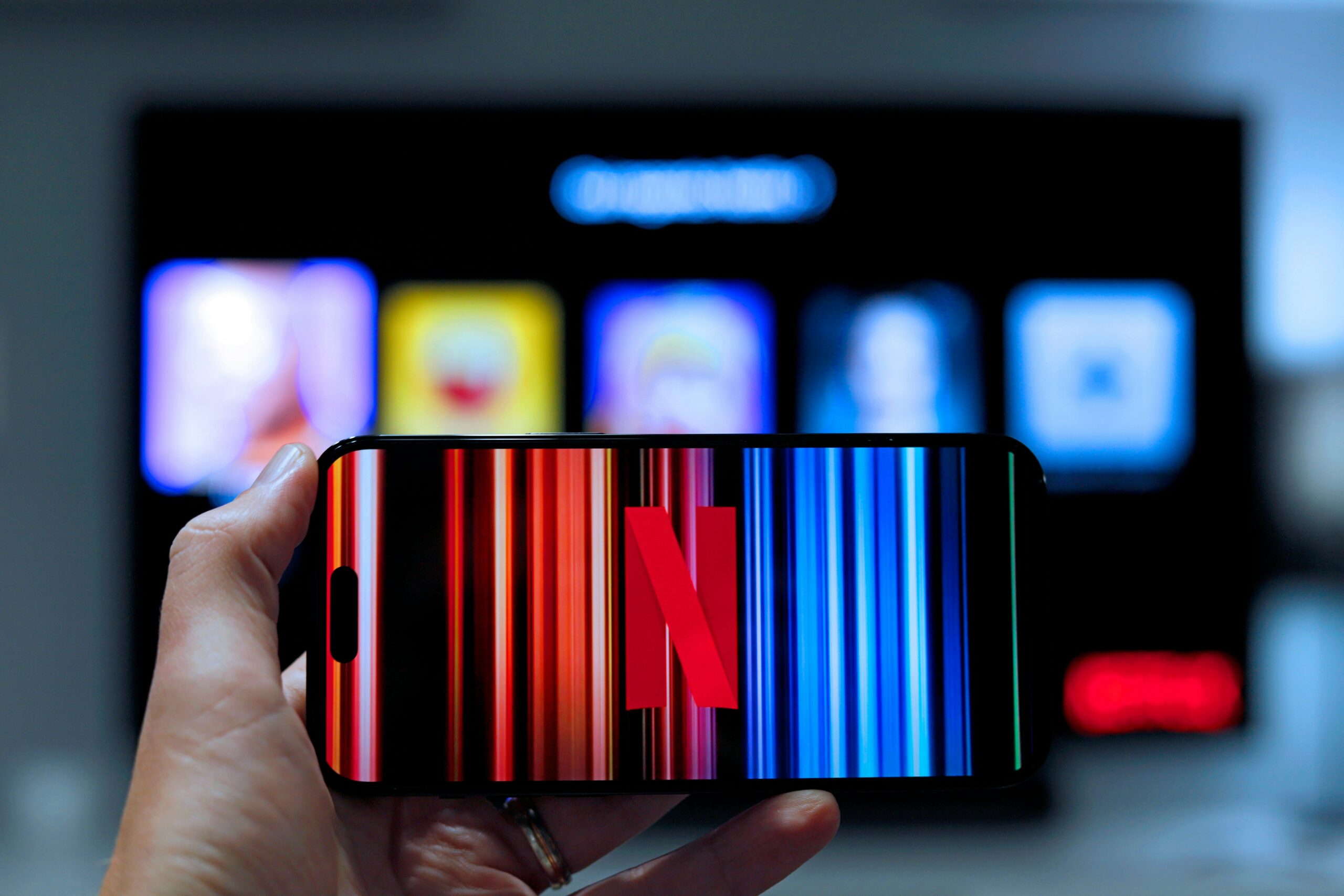 Jack Bovender was sick and tired of the Street not understanding his business...
Jack Bovender was sick and tired of the Street not understanding his business...
As the calendar turned to April 2006, he had been running HCA (HCA) – the largest hospital company in the U.S. – for four years. And no matter what he did, the market just shrugged it off.
HCA became an industry leader through its ability to consolidate the highly fragmented hospital industry. It would buy a hospital and improve operations using its scale and expertise... making the hospital more profitable than it was on its own.
Between 1997 and 2006, the company made 10 acquisitions. It had solidified itself as the leading U.S. hospital operator.
But now, there were fewer acquisition opportunities left to move the needle. And investors weren't impressed...
 Management had bought back half of HCA's shares outstanding in the past nine years...
Management had bought back half of HCA's shares outstanding in the past nine years...
They'd upped the company's dividend per share by two-thirds. And yet, the stock was only up 24%. The S&P 500 Index had doubled in the same time frame.
HCA was a victim of its own success. Bovender was desperate to reinvigorate his stagnating business.
So like many CEOs, he turned to his friendly neighborhood investment banker... Jim Forbes, the head of Merrill Lynch's health care investment banking operation.
Selling the business seemed out of the question. Bovender assumed HCA was too big for any private-equity ("PE") buyer. At an almost $18 billion market cap, with $11 billion in debt on the books, it was the behemoth of the hospital space.
Bovender was just hoping that Forbes would say the balance sheet could bear a little more debt... so HCA could issue debt to buy back more shares.
Instead, Forbes said seven magic words that were music to Bovender's ears...
Is an LBO out of the question?
With an LBO, or leveraged buyout, a PE firm takes out a large amount of debt to buy a company... rather than committing all the cash needed to complete the purchase.
 LBOs can be extremely lucrative...
LBOs can be extremely lucrative...
PE firms fix up a broken business by cutting costs and focusing on its most important parts. Eventually, they sell it again for a huge profit.
The mid-2000s were a new "boom time" for PE. Univision had just been bought for $12 billion. GMAC, General Motors' finance arm, netted a $14 billion deal. And Kinder Morgan had been taken private at a $22 billion valuation.
PE funds were flush with money... and looking to spend it. Within less than three months, HCA went private at a $33 billion valuation.
Now, the plan was never to keep HCA private forever. It was all about buying time. The company dropped off the public markets while investors didn't understand it.
Then, it waited for a change. And it got one four years later, when President Barack Obama signed the Affordable Care Act ("ACA") into law.
Before the ACA, many hospitals were drowning in bad debt from patients who weren't insured and couldn't pay their bills. That was part of why investors were suspicious of HCA in the 1990s and 2000s.
The ACA required everyone in the U.S. to have health insurance. Hospitals didn't have to worry as much about bad debt, and so their profits skyrocketed.
 Not only were HCA's current hospitals more profitable...
Not only were HCA's current hospitals more profitable...
It now had more acquisition targets to choose from.
HCA's management took the company public again at $30 per share in 2011. Within four years, shares had tripled. They sit around $420 per share today. That's more than a 13 times return.
Because the health care system is so complex, it often takes time for the market to come around to these stocks. Investors have to grasp just how valuable different health care providers are... and where they fit in the ecosystem.
Once HCA went private, it took an act of Congress for investors to come back around. And now, the regulatory winds are changing once again...
Government programs and other health care payers are looking to lower costs. But patients still need quality care.
Investors should look to companies that are working toward the system's push for efficiency.
Outpatient surgical centers and urgent-care operators are winning patients away from expensive hospital stays. Telehealth platforms are reducing the cost of visits and relieving appointment wait times. There are health technology companies that are working to streamline billing and claims to make the whole industry more efficient.
These are the businesses that thrive when every dollar in health care is being scrutinized... They lower costs while keeping quality intact, making them natural beneficiaries today.
Regards,
Joel Litman
October 13, 2025



 Jack Bovender was sick and tired of the Street not understanding his business...
Jack Bovender was sick and tired of the Street not understanding his business... 

